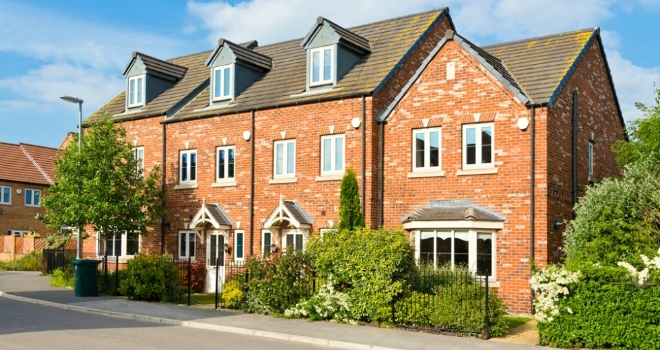
"The boom in housebuilding has driven the number of new homes being completed to within touching distance of the pre-recession peak."
Annual housing supply in England amounted to 217,350 net additional dwellings in 2016/17 compared to 2015/16.
New build completions were up 12% in 2016/17 on the previous year to 183,570 while office-to-residential conversions rose by 38.4% to 17,751, largely due to changes in ‘permitted development rights’ which allows developers to avoid full planning applications.
The number of new homes being created is now just 2.8% below the pre-recession peak.
Nathan Ellis-Calcott, director of Thistle Finance, commented: "We're almost certainly not building enough homes, but we are at least building more homes than we were a year ago.
"It's encouraging to see that permitted development rights are starting to have more of an impact, especially within the 'office-to-resi' sector. With the shortage of land available to develop, recycling vacant office space into residential homes will be crucial in helping to solve the housing crisis.
"One of the main reasons for the growth in new homes is the improved availability of finance for developers.
"There has been an influx of new lenders and challenger banks into the development sector over the past two to three years. This has brought rates down and offered greater choice to developers, both large and small.
"While some banks will only lend to established developers, a growing number of lenders are accommodating first time developers, or those with less of a track record. Yes, the rates will be higher but the finance is at least available.
"We have a long way to go in solving the entrenched housing crisis but for now the borrowing environment for developers is fairly healthy."
Blane Perrotton, managing director of the national surveyors, Naismiths, added: “The boom in housebuilding has driven the number of new homes being completed to within touching distance of the pre-recession peak.
“While newbuild properties continue to account for the lion’s share of new homes, it’s striking how big a role the conversion of existing buildings to residential use is now playing – up 36% on the previous year.
“On the frontline we’re seeing a spike in the number of developers seeking to convert office buildings into residential units under the extended and popular Permitted Development Rights.
“But while these official figures show just how well the construction industry has stepped up to the plate – responding to a surge in demand for new homes with a huge jump in output – they overlook the growing polarisation in the sector.
“Commercial property construction is slowing as demand wanes, with larger companies activating Brexit contingency plans and smaller firms holding off on plans to scale up their premises.
“While the recent increase in interest rate rise has yet to have a significant impact on the cost of finance, concerns over the economy’s resilience and its future course are weighing down construction sector sentiment.
“Nevertheless housing developers are still finding funds available, even if they’re increasingly coming from the challenger, rather than high street, banks.
“With the demand for new homes showing no sign of abating, the continuing availability of finance should drive housebuilding on – but it is too early to rule out the possibility that this strong set of data could prove a high water mark.”





